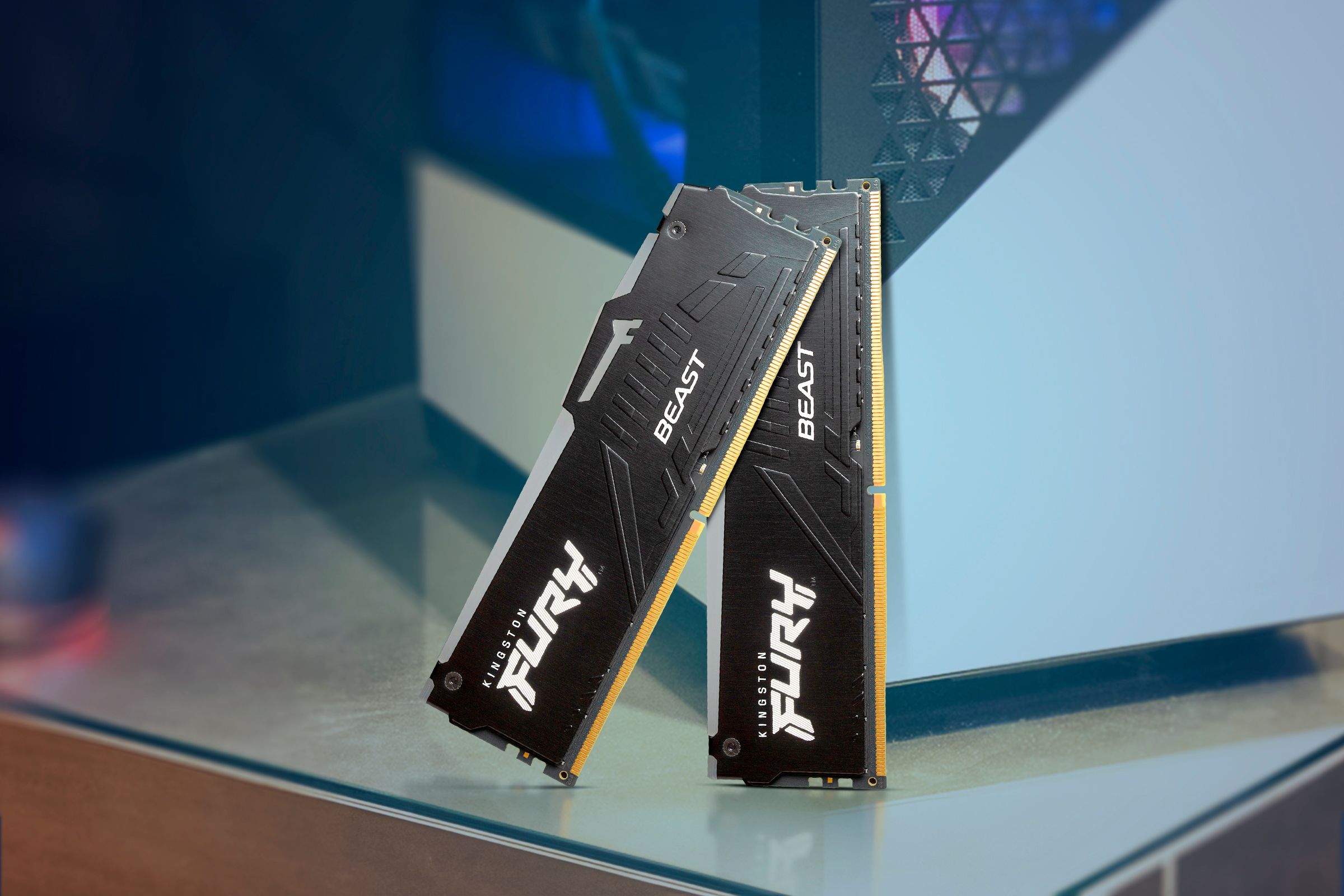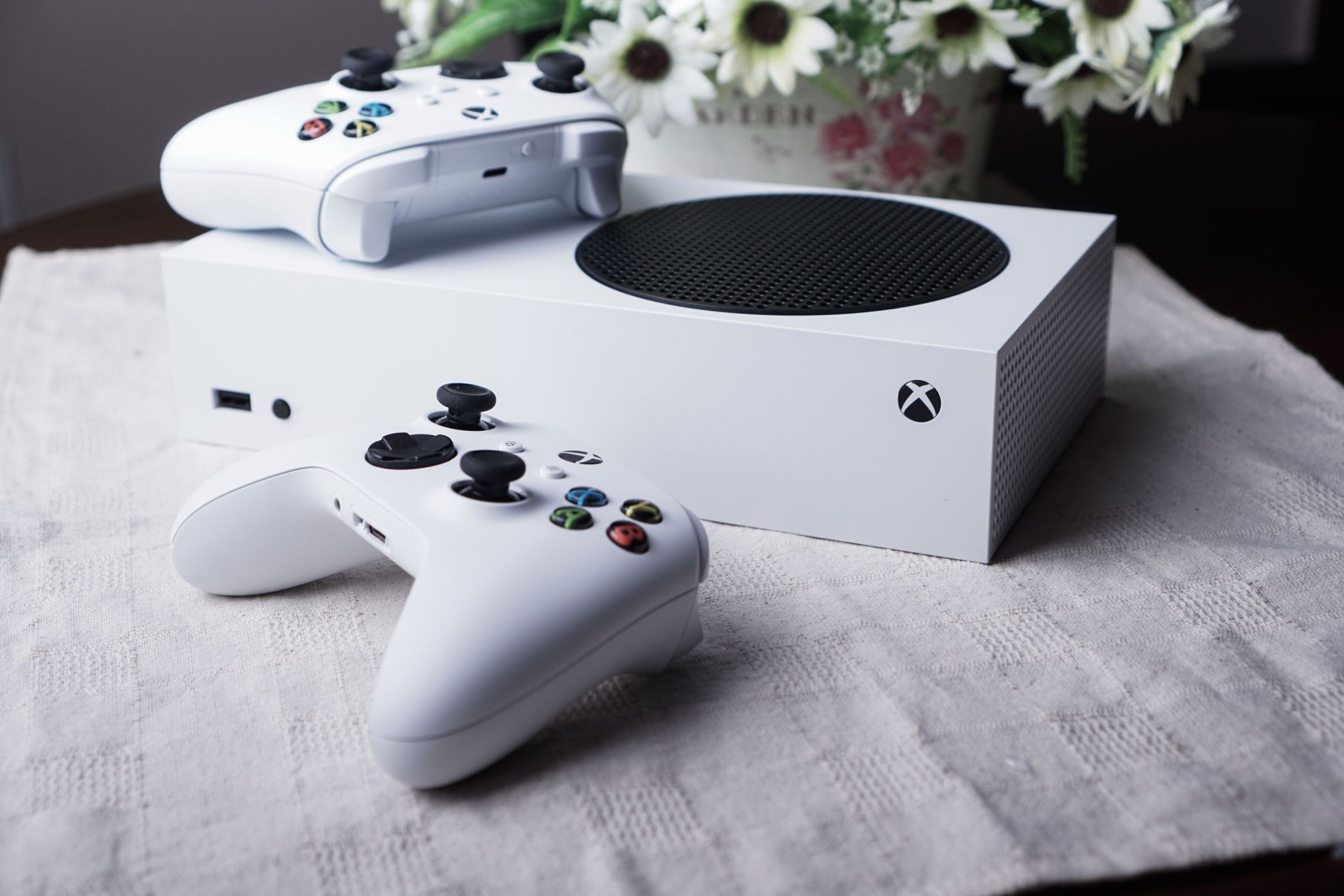Windows 95 Turned 29 This Year: What One Of The Best Operating Systems Taught Us
Windows
Key Takeaways
- Windows 95 was revolutionary, introducing a friendly UI and improved multitasking capabilities.
- It made computing accessible to all and set the stage for current Windows features.
- Windows 95 influenced successors across companies that persists to this day.
As someone who actually used Windows 95 when it was available, I find it weird to think that it’s already 29 years old. Windows 95 taught us and the designers at Microsoft many things, and some of its legacy can be seen in Windows 11 to this day. Let’s explore some of that 29-year legacy.
29 Years Ago, A Computing Revolution Happened
Windows 95 has the honor of being one of the most revolutionary operating systems ever created. Although Microsoft already had a GUI-based operating system in Windows 3.11, Windows 95 was completely different. Released on August 24, 1995, this new version of Windows offered a more friendly user interface and improved multitasking capabilities.
Many people got their first taste of computing with Windows 95. Instead of a niche operating system designed solely for businesses or enthusiasts, Windows 95 was usable by anyone. That accessibility helped cement Microsoft’s dominance of the tech world for decades.
Windows 95 introduced several new elements that carried over to current-day Windows operating systems, including:
- The Start Menu made it easier than ever to navigate the operating system and replaced the Windows 3.11 Program Manager.
- Plug-and-play support allowed people to connect peripherals without configuring them or restarting the system to get them working.
- Built-in TCP/IP support allowed people to connect to the internet without diving into configuration details for communications.
- Longer file names meant you no longer had to type cryptic file names into a command line to access your files.
What makes Windows 95 even more of a cultural touchpoint is that it was the entry point to the internet for an entire generation of users.
My First Encounter With Windows 95
My first Windows operating system was Windows 3.11 on an old 80386 machine. I was used to hopping out of Windows into DOS’s command line to perform tasks or run programs and then restarting Windows when I wanted to fiddle with other things or run Windows-specific software. Windows 95 was mind-blowing for me.
Windows 95 also introduced me to gaming in a big way. I could play Doom (which runs on many more things these days) and Starcraft. My experiences with Sid Meier’s Civilization created a lifelong enjoyment for 4X games that continues to this day.
The most exciting thing (and the most significant learning curve for me) was the internet. Back then, all we had were dial-up connections that required us to sacrifice a goblin to get online (based on the connection sound, anyway). However, using forums and chat rooms and exploring blogs and websites with new information was instrumental in shaping my personality as someone who loves tech.
The Evolution of Windows Through the Ages
Windows 95 set the stage for all the other operating systems that came after it. Windows 98 did everything Windows 95 did, but it was more stable and offered better compatibility. Windows XP pushed the envelope, becoming one of the most beloved operating systems despite a rocky release. Windows 7 was a significant improvement on XP, but Windows 8 was like taking a step backward, resulting in one of the most unpopular Windows features ever and the removal of the Start Button.
That isn’t to say Microsoft didn’t have its duds. Windows ME was especially bad as an operating system, and while Windows Vista wasn’t as unusable as ME, it’s nowhere near as well-regarded as XP. Microsoft’s designers learned a lot from Windows 95, and many of those elements persist.
Influencing Its Successors Across Companies
Anyone using a Microsoft operating system today will recognize elements of Windows 95, like right-click context menus and desktop grid arrangements. Yet operating systems across many companies, unconsciously or otherwise, have adopted some of Windows 95’s design elements because they’re so intuitive.
Some versions of Linux and macOS have similar desktop setups and an access point for programs and settings available from the desktop. The design sets a baseline for what users expect. This familiarity means that people coming to those operating systems from Windows aren’t completely lost, either. Even Windows 11 users can make their operating system look like Windows 95 now.
From a development perspective, Windows 95 changed the game significantly. It allowed developers to create proper graphical user interface (GUI) elements for user interaction. It was a 32-bit operating system that improved on the previous 16-bit architecture, allowing for more powerful computing and processing on the back end.
The 32-bit architecture also dealt with the memory limitations that DOS programs had to contend with. Additionally, the Windows 95 kernel gave programs allocated memory, and if they crashed, they wouldn’t damage anything else currently running in RAM. In Windows 3.11, a crashed program could overwrite other memory segments, causing the whole OS to crash.
A Love Letter to Retro Computing
As someone who loves old-tech projects, like those DOS-based games that I loved playing in my youth, Windows 95 epitomizes that aesthetic. Fancy buttons and window designs are a hallmark of our graphics processor progress, but the sharp edges and shadowed buttons will always have a place in the heart of anyone who enjoys retro computing.
Windows 95 evokes feelings of a different time, especially in those of us who were around when it launched. Microsoft even had a press launch with Jay Leno to promote the operating system. For the first time, computers moved from being a fringe element to becoming something people talked about on the news. It set the stage for the world we live in today, powered by operating systems that derive much of their functionality from the ones that came before them.
Windows 95–29 Years On
During Windows 95’s first week of release, the operating system sold a whopping one million copies. Microsoft became a household name virtually overnight, establishing itself as the master of not just business computing, but home computing as well. In the 29 years since Windows 95 launched, we’ve seen technology improve several times over. We have much more powerful processors and graphics cards today, so it’s easy to overlook where it all started.
Twenty-nine years ago, no one could tell where we’d be. No one could predict that technology would improve by leaps and bounds and that we’d have processors in printers more powerful than anything in the Windows 95 era. The lesson we should learn from Windows 95 after 29 years is that, for all our knowledge, technology’s future is largely unpredictable.
Happy 29th birthday, Windows 95.
















